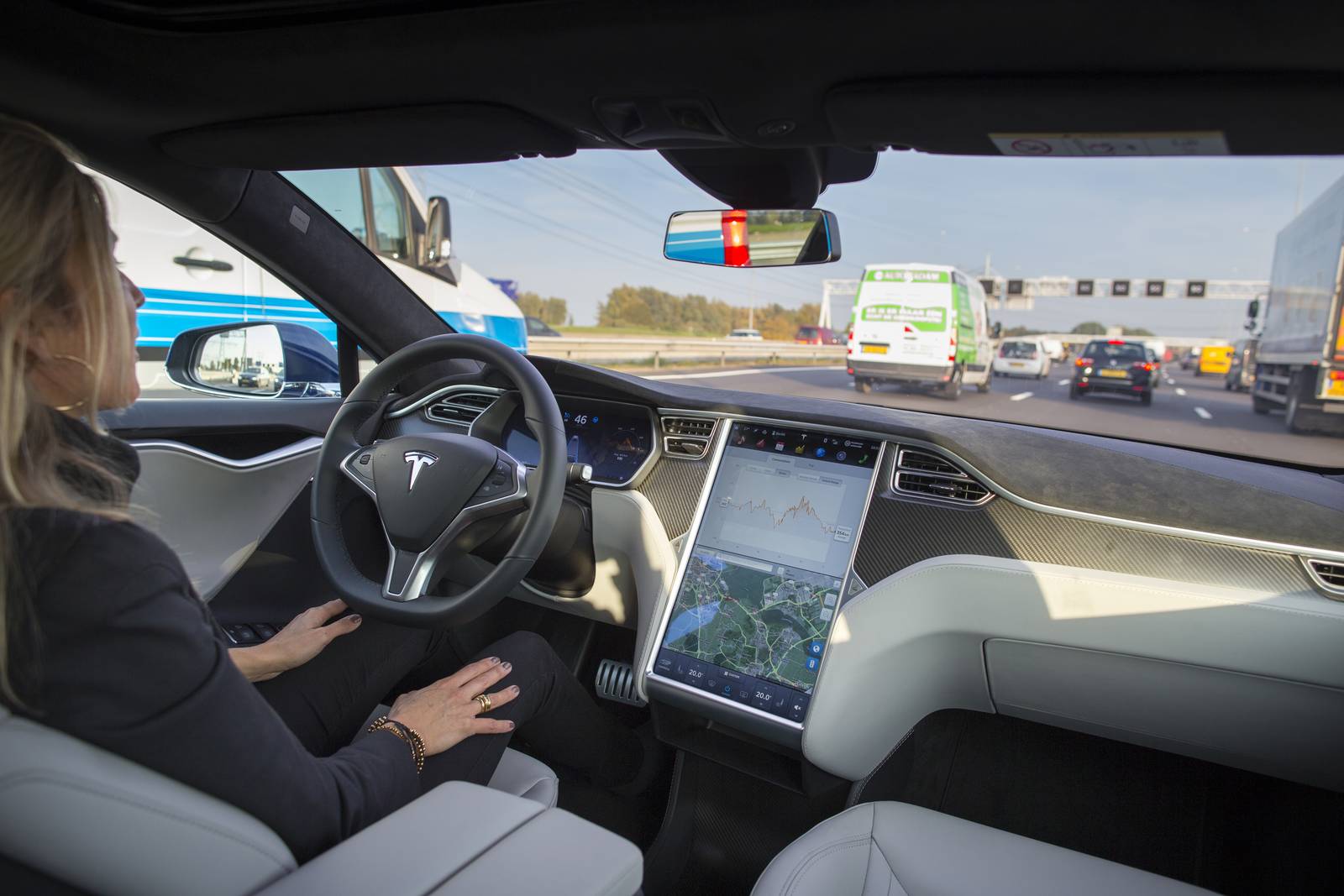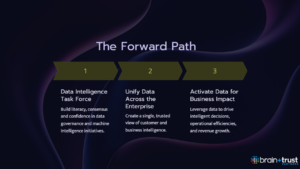(Photo credit: Fortune Magazine)
The future of the industry we used to know as “automotive” is now more accurately described as the “mobility industry.” Dramatic changes are coming, but perhaps none as significant or drastic as ownership of the customer relationship, and how that will affect content in the industry.
For seven decades or more, while OEMs and suppliers have built the products, it has been the dealer who owns the primary relationship with the customer— but that’s changing. Soon, we won’t have to go to a dealer to buy a car (if we buy one at all). We won’t have to have vehicles serviced as often, and when we need service, it’s as likely done overnight via a software update in our garage versus a dealer’s service bay. The number of interactions with our local dealer will dramatically decrease, which opens new doors for where and when we will touch the industry that makes the vehicles in which we travel. In an era in which traditional dealers are disintermediated, the bulk of the money to be made from customers will be had by those who can incentivize the customer to build or agree to a direct relationship with them.
Meanwhile, our ultra-connected vehicles will have the ability to take in content from virtually anywhere — and since many of us won’t choose to drive at all, instead riding as passengers in self-driving vehicles, more of our attention can be focused on that content.
It’s a tectonic kind of shift. And with that shift will come a burgeoning new opportunity in content — both in how it’s produced and how it’s delivered. It’s not unrealistic to anticipate OEMs making big investments in content partnerships or even content shops, as the race to motivate buyers quickens and ownership of the customer shifts at least in part to the manufacturer.
I’ve thought for a long time now that the next frontier in marketing and brand communication in this industry is branded or co-produced long-form content; not 30-second spots or million-dollar ads for the Big Game or even Facebook or Instagram Stories, but actual high-production-value produced content. I can see mobility OEMs —whether traditional players like GM, Ford, or BMW, or new players like Google, Uber, or Apple — trying to build relationships and loyalty by providing “subscribers” to their vehicles broadcast quality content, whether branded or simply sponsored. Access to this high-quality entertainment and news could be offered as additional incentive to subscribe to a particular maker’s vehicles or self-driving services.
In short, I don’t think we’re at all far off from the day when we’ll see things like “GM and Hulu are proud to bring you The Handmaid’s Tale…” or “Ford and Netflix present Bright,” “BMW and Bloomberg present The Business Roundtable,” “Uber and HBO give you Season Nine of Game Of Thrones,” or even “A production by Google… starring George Clooney and Bree Olson.” In some ways, this would go full circle to the model pursued in the early days of television in such programming as the Texaco Star Theater or Playhouse 90 — but instead of mobility manufacturers sponsoring broadcast content into the home, they’ll provide it to subscribers in-vehicle, on-demand and wherever the subscriber wants to watch or read.
These productions would only be available to subscribers to or buyers of that OEM’s products — but as full players in the Hollywood machine, such work would not be considered a “commercial” but eligible for industry awards. And the first time a mobility-first program is nominated for an Emmy or BAFTA, the floodgates will open, and this kind of content will be part of consumer expectations. Just like HBO and Showtime or Netflix and Hulu have competed for viewers with great exclusive content, so will mobility manufacturers.
Sound crazy? It’s not. Just last month, Renault took the first step in this direction, buying up 40% of the Challenges Group, a French outfit that publishes five magazines on the topics of business, science, research, and history. The company noted in its announcement that “with the development of the connected driverless vehicle, users will have more time to spend on other activities while in the car.”
It might seem like a Jetsons-like future, but it’s already beginning. The future of mobility doesn’t just hold promise for technology companies; it holds significant opportunity for creatives and content producers as well, offering up another viable channel to mass distribution.








Interesting to think about.. hope those companies are willing to spend lots of money to get there. Netflix outspends just about everyone right now, an estimated $7 – 8B in 2018. Will attention be worth that kind of money? I’m not so sure.
Leave a comment